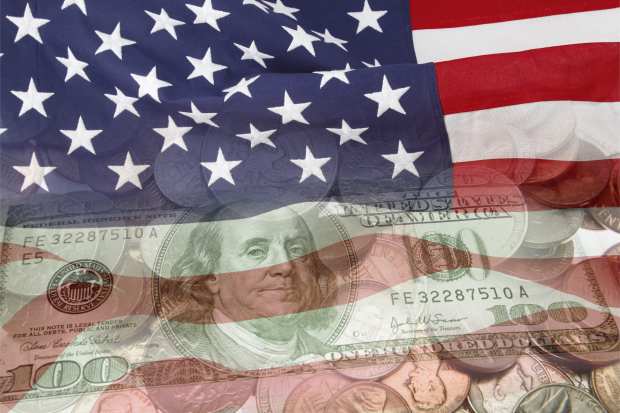GDP Data May Hint At Consumer Spending Slowdown

The U.S. economy is still showing growth, yes, but growth is slowing — and may be slowing enough to stir up some caution.
To that end, data from the Commerce Department released Thursday (Jan. 30) show that gross domestic product (GDP) grew by 2.1 percent in the fourth quarter.
This is the slowest pace in three years.
The latest reading met expectations, but it also helped drag down the annual pace of GDP growth. With the fourth quarter reading in place, it brought the full year 2019 growth rate to 2.3 percent, as compared to the 2.9 percent increase in 2018 and 2.4 percent rate in 2017.
The U.S. consumer, long the engine of growth for the economy (at about two thirds of the overall economy), continued to spend through the end of the year. But even that tailwind slowed a bit, as gains here in the fourth quarter were 1.8 percent, and marked a drop from the 3.2 percent rate in the third quarter.
And in what, to our minds, might be a troubling data point — or perhaps a blip — is the fact that real disposable income was up by 1.5 percent in the fourth quarter (real disposable income is what’s left over when taxes and other charges are taken out of income, and price changes are taken into account).
A gain is still a gain, but consider the fact that pace is down from 2.9 percent in the third quarter. A slowdown in spending, and a slowdown in real income may be a double barreled challenge for merchants of all stripes — if it’s a trend.
Elsewhere, business spending — defined as nonresidential fixed investment, the spending plant and property, and on things like office equipment and tech — fell by 1.5 percent.
It is possible that the pace will pick up a bit into the current year, with the Phase One trade deal that is in place with China and which may start to normalize activity between the two countries.
The Coronavirus Wild Card
One wild card is the continued spread of the coronavirus, which may stymie that normalization. Businesses typically invest when they see demand on the horizon. Pulling back amid economic growth slowdowns has a ripple effect. If firms don’t invest in their own expansion, they don’t hire, and they may not boost wages. That could have a chilling effect, eventually on consumers’ wallets, as they might bank on wage growth to spur saving, satisfy debt obligations and even, perhaps, take out mortgages.
Thus far, as evidenced by the spate of earnings results that have come through Wall Street in recent weeks, the consumer is undaunted. Banks have seen continued growth in personal loans, and on credit card spending. Mastercard, which reported results yesterday (Jan. 29), showed a health pace of credit and debit spending here, internationally and especially cross-border.
But all of those results are in the rear view mirror, so to speak. We’re a long way away from the fiscal stimulus of years past and the promises of 3 to 4 percent GDP growth. What remains now is a slowing growth rate headed into a new year and what seems a growing number of shifting and hazy macro/geopolitical variables.
